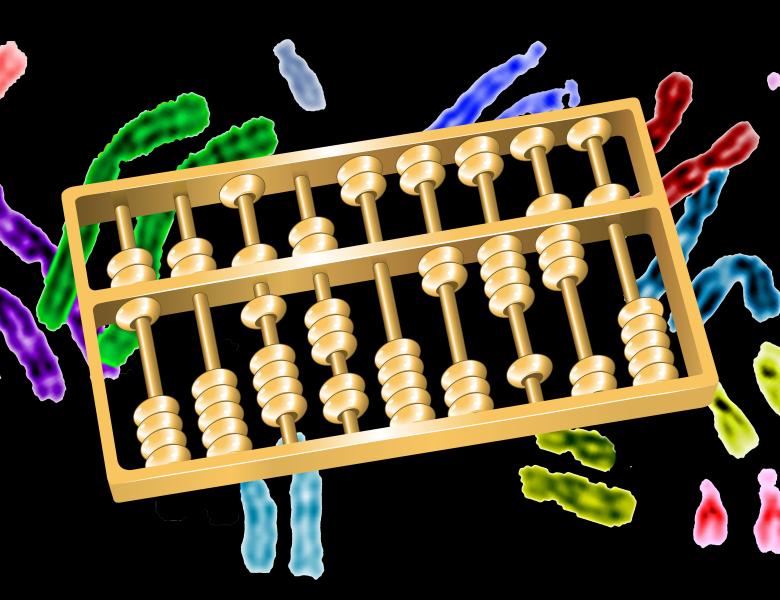
Abstract
Telomeres protect the chromosome ends and play important roles in aging and cancer development. We have systematically screened libraries of the yeast Saccharomyces cerevisiae for mutants with altered telomere length. Our work uncovered ~400 TLM (telomere length maintenance) genes responsible for a strict telomere length homeostasis. These genes, most of which are evolutionarily conserved, span a broad range of functional categories and different cellular compartments. Further work followed both “vertical” (Molecular Biology) and “horizontal” (Systems Biology) approaches. The “vertical” approach aims to explore the role of individual genes in telomere length maintenance using genetic, molecular biology and biochemical methodologies. In the “horizontal” approach a bird’s eye view of the system is obtained by combining molecular and systems biological methods. We have started to chart the cellular network underlying telomere length, revealing a complex set of genetic interactions responsible for the very tight length homeostasis. In addition, we have found that environmental cues can affect telomere length and we have started to investigate the interphase between this intricate genetic network and environmental signals that affect telomere length. Thus, for the first time, it is possible to study the interphase between genome and environment (nature and nurture) in a system in which almost all the genetic “players” are known, and the environment affects them.


